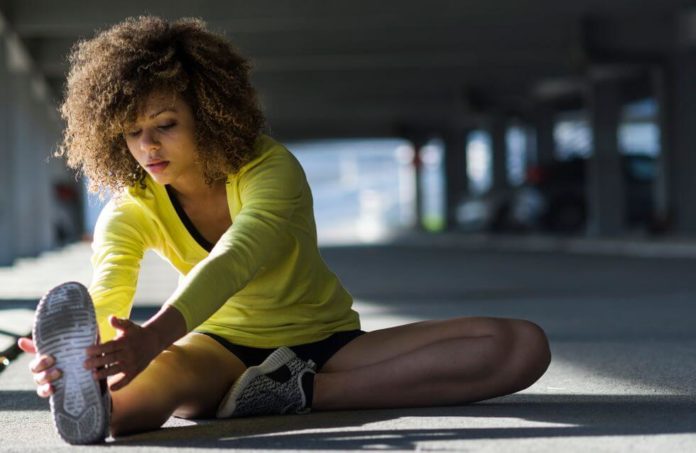Yesterday you gave it all in the gym and today you can’t bear the stiffness? This problem is very common after making a physical effort, especially after being a time of inactivity or when practicing a type of movement to which the muscles are not accustomed. Despite not being a serious injury, it can be very annoying, so it is not surprising that “how to remove the laces” is a common Google search. If this is your case, keep reading!
Although we commonly know them as stiffness , their scientific name is delayed myalgia or late-onset muscle pain . That characteristic pain that we all have ever felt after performing moderate or intense physical activity that our body is not used to, is nothing more than a slight muscular injury .
The discomfort usually appears between 12 and 24 hours after the end of physical activity and its peak usually reaches 48 hours. Therefore, you should not be surprised if two days after going to the gym you feel that the stiffness is even worse than the day before. From this moment on, it is usual for them to improve and disappear on the third or fourth day.
Why do stiffness occur?
When a person carries out a physical activity to which he is not accustomed, it requires that his muscles work in an intense way to which they are not adapted. This overstrain can lead to microscopic tears in muscle fibers and mild inflammation of muscle tissue, resulting in late-onset muscle aches or pain.
It could be said, then, that the main cause is the lack of adaptation of the body to a certain physical activity. For this reason, they tend to occur more frequently in people who do not usually do sports regularly. However, that does not mean that they also occur in athletes when they change their training routine, try new exercises or spend a rest time. Likewise, these can be produced by any other non-sporting physical effort that involves unusual body movements.
How to remove stiffness: remedies that do work
Although it is a slight discomfort that usually disappears in about 3 or 4 days, it is very common to find remedies to speed up the process. For this reason, surely you have heard many myths about how to remove the laces and, even, you may have put into practice more than one. In this regard you should know that there are many myths not scientifically proven around this problem, such as drinking a glass of sugar water. However, there are other tips that can be useful to relieve the discomfort caused by stiffness. Take note!
1. Gentle and progressive stretches: stretching the affected muscles with gentle exercises can help to alleviate the area because they help activate circulation.
2. Gentle exercise practice: As with stretching, a session of light physical activity can improve symptoms because circulation is activated through it, which helps muscle regeneration.
3. Apply cold to the area : putting ice, taking a cold shower or introducing the affected areas in cold water can considerably relieve pain caused by stiffness. In addition to producing relief, it helps reduce muscle inflammation.
4. Take foods rich in vitamin C and bromelain mixed : apparently, the protein bromelain together with vitamin C can help reduce the effects of stiffness. For the first, you can count on fruits such as orange or kiwi and for the second with pineapple. A good option is to make a smootie with these fruits.
5. Essential oils : preparing a bath with hot or warm water with essential oils such as thyme, rosemary or jasmine, can help to soothe the affected area and speed up the recovery of your muscles.
Do you want to avoid them in the future? Tips to prevent stiffness
The best against shoelaces, without a doubt, is to prevent them . So now that you are suffering the consequences, it may be a good time to find out what you can do to prevent it from happening again, or at least not very often.
- Always warm up before starting physical activity so that your muscles adapt to the different movements you are going to perform. Therefore, it is important that this is specific for subsequent exercises.
- If you haven’t been exercising for a long time , do it in a moderate way. Increase the intensity and time little by little so that your muscles adapt to physical activity.
- Always stretch the muscles at the end for several minutes so that the circulation is reactivated and relieve any muscle tension that may have been produced by exercising.
- Do not space your workouts too far and be consistent : the ideal for health is to exercise regularly. According to the WHO, at least 150 minutes of moderate intensity aerobic physical activity per week or 75 minutes of vigorous activity for adults between 18 and 64 years old.
Have you taken note We hope that these tips are useful to you and that, despite the pain caused by stiffness, you continue exercising. As you know, leading an active lifestyle is essential for health . If you have not yet found the ideal sport for you,











